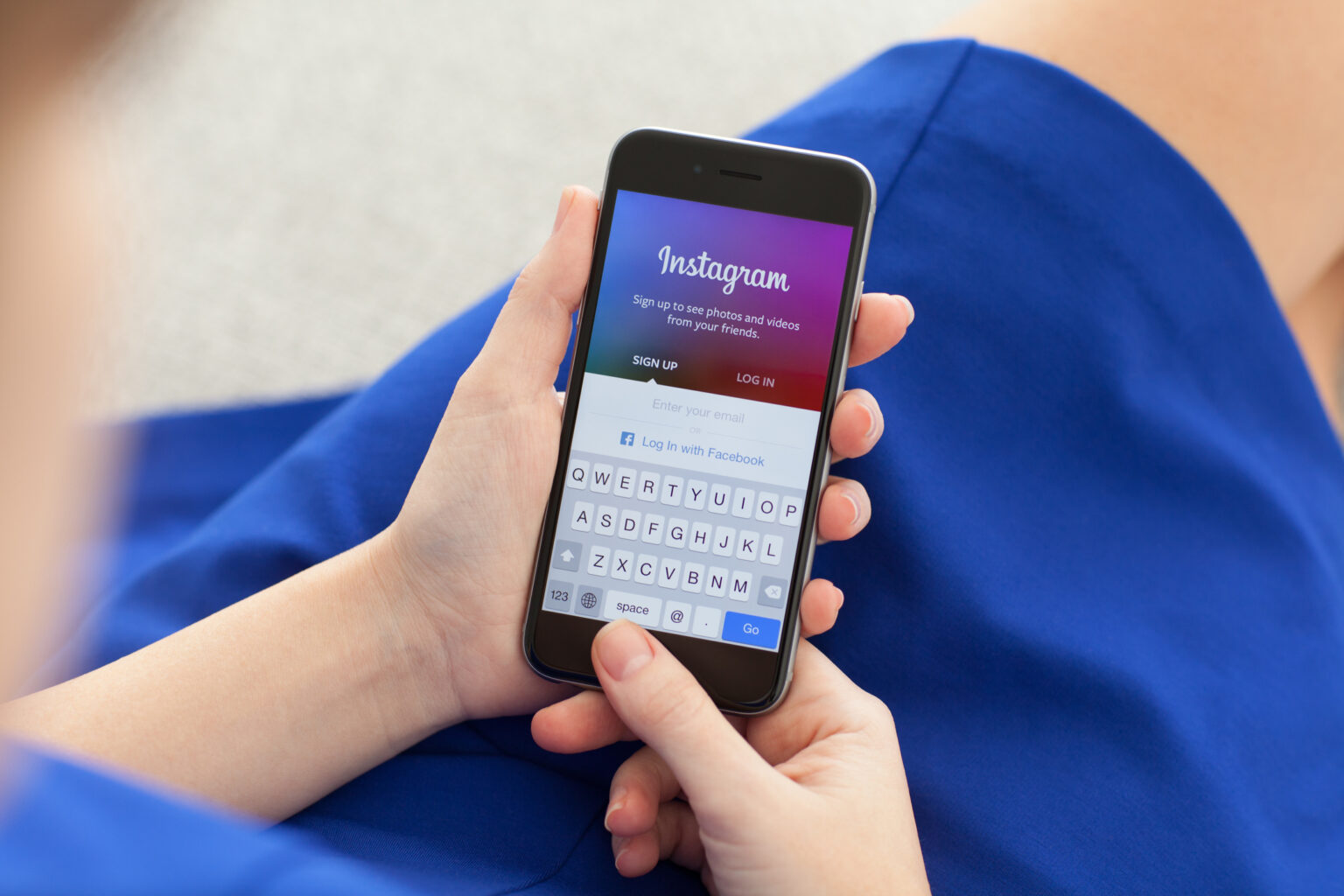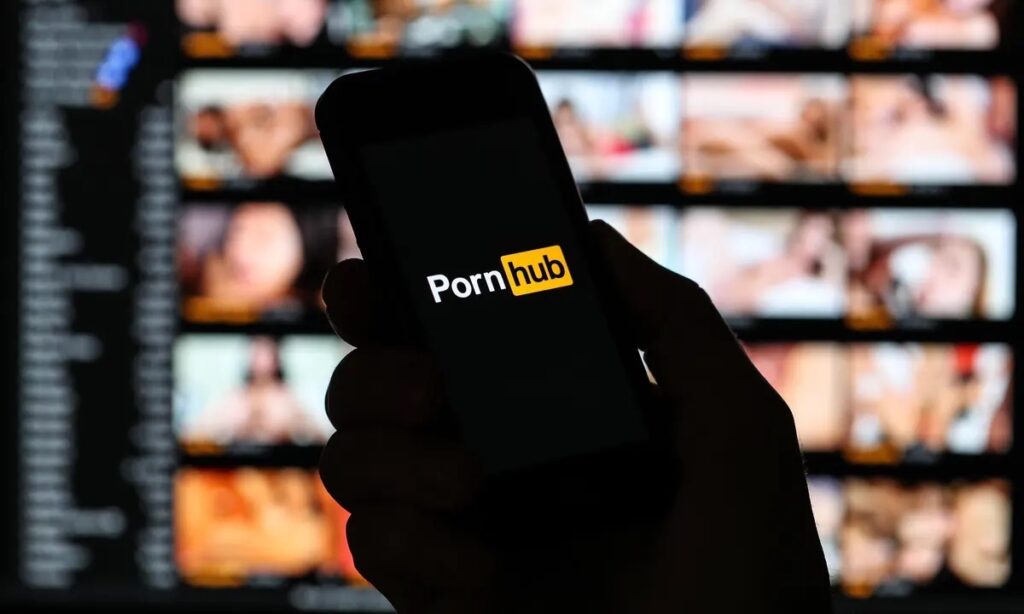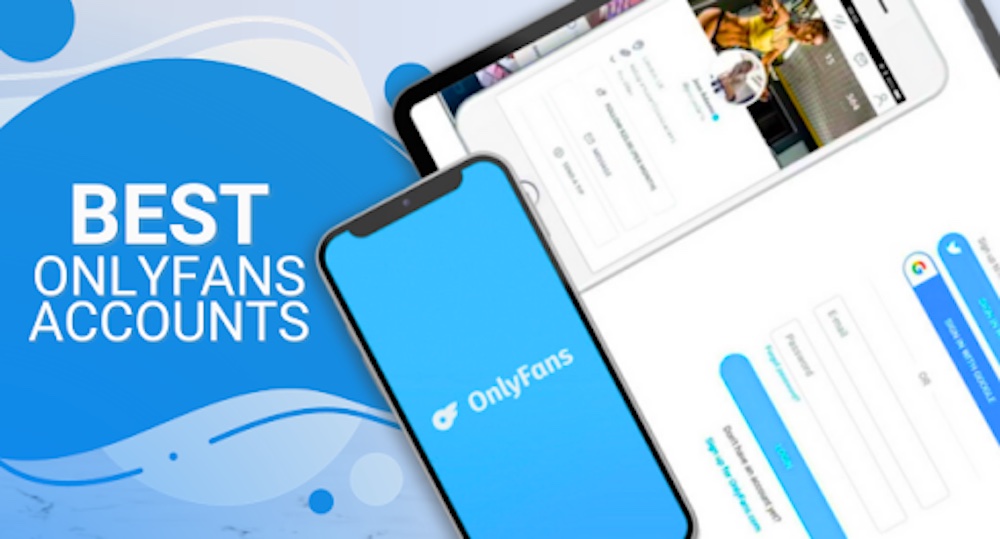
NSFW: The best hookup apps for when you’re bored and horny
In the last decade, the paradigm of romantic and intimate connections has seen a transformation, arguably catalyzed by the rise of digital platforms. The ubiquity of smartphones and the technological zeitgeist have led to the advent and prevalence of “hookup apps.” What exactly are these apps? And, more pertinently, what is the cultural narrative that these tools support?

The Evolution of ‘Hookup Culture’
The term “hookup culture” is emblematic of a socio-cultural shift that prioritizes spontaneous and uncommitted sexual encounters over traditional romantic engagements. Historically, one might recall the serendipitous exchanges at social soirees, bars, or perhaps even bookstores as the preamble to such casual dalliances.
But now, in an era hyper-mediated by technology, a mere swipe or click can herald the commencement of an ephemeral romantic interlude.
Gone are the days where chance encounters dominated the romantic sphere. Instead, today’s technologically adept society is equipped with tools that allow for instant gratification. These digital platforms, from Tinder to Hinge, democratize access to potential partners, simplifying the journey from solitude to intimacy with the ease of a touchscreen gesture.

Criteria for an Effective Hookup App
In evaluating the utility of these platforms, what constitutes a competent hookup app? Beyond the superficial, it’s not just about faces and fleeting physical appeal. A robust app will cater to the user’s desire for discretion while also offering the space for genuine connection, should that be the pursuit. Compatibility and mutual interests, after all, lay the groundwork for even the most transient of relationships.
Additionally, a prime consideration for many is transparency of intentions. A clear distinction between those seeking casual encounters and those in pursuit of more enduring connections can minimize misunderstandings and potential misgivings.
Moreover, visual confirmation, in the form of photographs, remains pivotal — for attraction, certainly, but also as a tool for ensuring personal safety in an age of digital deception.
Not to be overlooked, the financial aspect of these platforms is also a deciding factor for many. While some apps operate on a freemium model, offering a basic service supplemented by premium features, others require a fee from the outset. Platforms like Tinder and Hinge, for instance, provide ample opportunity for connection without monetary investment, making them appealing choices for a broad user base.

A Survey of the Digital Dating Landscape
Within this burgeoning digital landscape, OkCupid stands out as a beacon for the politically conscious. More than just a platform for fleeting encounters, it offers a space where users can connect over shared values and socio-political interests, from women’s rights to environmental concerns. Such a nuanced approach to profile creation ensures a richer, more informed user experience.
Meanwhile, Hinge, often termed the “anti-Tinder,” marries the instantaneous appeal of contemporary dating apps with the depth traditionally reserved for platforms like eHarmony and Match. By transcending the binary act of swiping and introducing a more interactive, scroll-based interface, Hinge appeals to those open to a spectrum of relationships — from the ephemeral to the enduring.
For the LGBTQ+ community, Grindr offers a dedicated space, primarily catering to gay men. Its geo-location-based interface enables users to connect with nearby potential partners, embodying the app’s promise of bringing users “0 feet away from the queer world around them.”
And then there’s the behemoth, Tinder, arguably the poster child of the hookup app genre. While it has garnered a reputation as a platform for casual encounters, it’s essential to note its diversity. Tinder provides a spectrum of experiences, catering both to those seeking fleeting engagements and those yearning for lasting connections.

The Way Forward in Digital Intimacy
As society continues to evolve, so too will the tools that mediate our relationships. While some may lament the perceived superficiality of these platforms, it’s indisputable that they offer unparalleled access to a breadth of potential connections. Like any tool, their efficacy is determined by the user’s intent.
In navigating this digital landscape of modern intimacy, users are encouraged to approach these platforms with a blend of open-mindedness, caution, and a clear understanding of personal boundaries and desires. In the age of technology, the possibilities are limitless, but the timeless adage remains ever relevant: it’s not the tool, but how one uses it.



